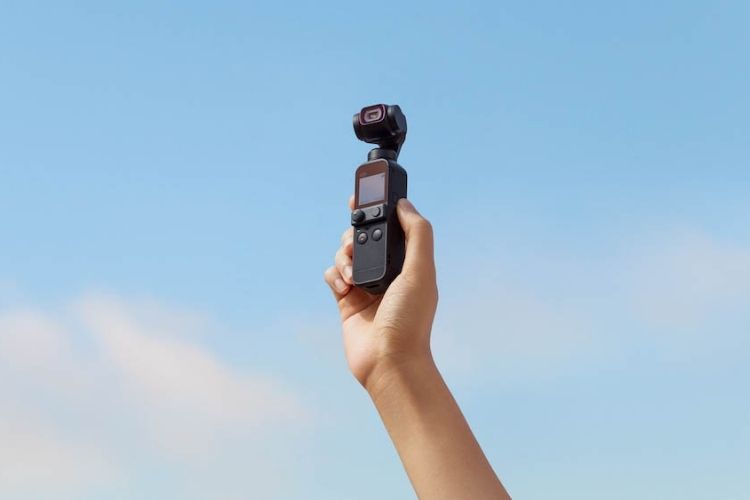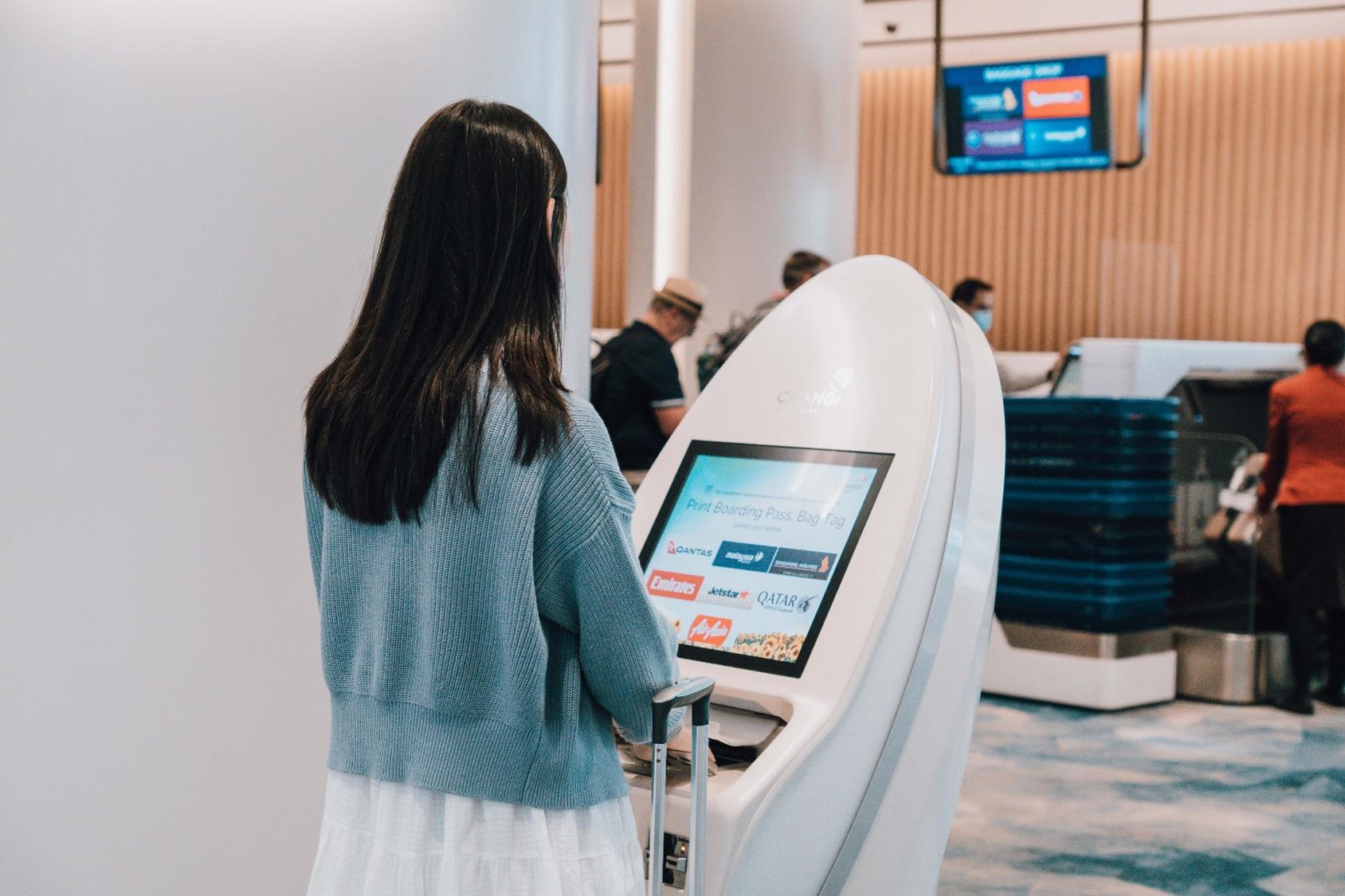DJI recently unveiled the successor to its iconic Osmo Pocket – the DJI Pocket 2. The Osmo Pocket is already a favourite for vloggers and travellers for its small pocket-friendly size and gimbal stabilization. But it has been about 2 years since the device was released. So, what has DJI done differently this time? Is it worth for you to upgrade from your Osmo Pocket or buy the new handheld camera for the first time?
We’ll breakdown everything about the new Pocket 2 from every feature to the price.
The Camera: How is the DJI Pocket 2 for photos?
DJI says that the Osmo pocket 2 has tons of features to take content creation to ‘next level’ with the new camera. According to them, the Pocket 2’s camera can shoot 64MP photos. Thus, putting the device on top of competition (in terms of resolution).
The 1/2.3-inch sensor has now been upgraded to a 1/1.7-inch sensor. So now you can take higher quality shots in the night as well. The camera is also now ideal for selfies compared to the Osmo Pocket. The pocket 2 has a FOV of 93° compared to Osmo Pocket’s 80° view. Likewise, the focal length and aperture are upgraded from 26mm and f/2.0 to 20 mm and f/1.8 as well.

The DJI Pocket 2’s Hybrid AF 2.0 feature allows the camera to focus on the subject swiftly and accurately. You can use this function for added precision. Moreover, it also enables a faster response whenever you’re shooting on the go.
It’s fair to say the image quality for the Pocket 2 is on its league for the size.
New Features (Compared to the Osmo Pocket)
One of the key upgrades in the new Osmo Pocket is the upgraded audio recording., Users raised issues over the original pocket’s audio recording. But now, with four microphones, the device offers better audio quality. And if that’s still not enough, you can use the new wireless microphone accessory (which we’ll talk about later).
- Fast Wake: The handiest feature for travellers to capture those unplanned moments.
- DJI Matrix Stereo: Again, audio has been a huge improvement this year.
- Story Mode: DJI improved the story mode with presets directly in the device without connecting to the Mimo app.
- 8x Zoom: The Pocket 2 offers 8x zoom, 4x lossless zoom, and audio zoom. I can think of a few ideas to get creative with this, you?
- HDR Video: Finally. What more would you need to capture amazing moments?
- SoundTrack: Adjust the direction of audio enhancement with SoundTrack based on the direction of the camera.
- Slow Motion: With the new 8x slow motion, DJI guarantees you can capture the moments you don’t wanna miss
- Panoramas: Yes, full 180° panorama. Nothing less to capture an entire landscape.
Customize how you shoot with Accessories
Swap. Snap. Attach. Replace. Customizing the way you capture is now easier more than ever. One thing I definitely love is the Waterproof case. Capturing underwater footage is definitely an experience in itself and Pocket 2 is safe for depths up to 60 M.
You can also get a mini control stick that allows you to quickly control the camera direction and zoom.

There’s a ‘Do-it-all-handle’ which attaches as an extension to well… handle. This attachment provides built-in Wi-Fi, Bluetooth module, audio jack, wireless microphone receiver, external speaker and tripod mount. It definitely lives up to its name to do it all.
If you’re worried to run out of juice, there’s a charging case which also includes a storage space. To store those microSD and ND filters. Speaking of ND filters, they attach to your camera to reduce sunlight bt 1/4,1/8, 1/16, and 1/32.
The Price Tag
It’s not expensive, but it’s not very cheap either. And you definitely get value out of what you pay for. For $349, you can get the camera and a basic selection of accessories. This includes a Mini Control Stick and the 1/4-inch tripod mount.

If you’re willing to spend a little bit more, for $499 you get the camera and the same accessories, PLUS a wide-angle lens, wireless microphone with windscreen, the Do-It-All handle, and a micro tripod.
The DJI’s new video stabilizer offers more than what travellers and vloggers can dream of. And it all comes in that very small form factor. Since the Osmo Pocket was released in 2018, DJI has definitely changed how a small device could be so powerful.
Feature image by DJI








